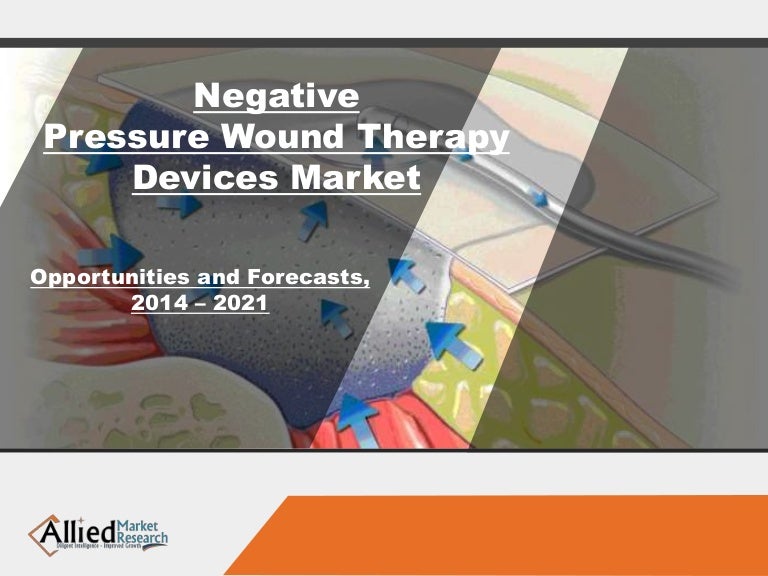

The mechanisms of action of vacuum assisted closure: more to learn. Negative pressure wound therapy with basic fibroblast growth factor. The vacuum-assisted closure of pressure ulcers–clinical evaluation in combination with bFGF preparation.
#Negative pressure wound therapy skin
Clinical reliability and utility of skin perfusion pressure measurement in ischemic limbs-comparison with other noninvasive diagnostic methods. A prospective randomized evaluation of negative-pressure wound dressings for diabetic foot wounds. 2007 4:103–13.Įginton MT, Brown KR, Seabrook GR, Towne JB, Cambria RA. A comparison of diabetic foot ulcer outcomes using negative pressure wound therapy versus historical standard of care. Lavery LA, Boulton AJ, Niezgoda JA, Sheehan P. The value of debridement and Vacuum-Assisted Closure (V.A.C.) Therapy in diabetic foot ulcers. Comparison of negative pressure wound therapy using vacuum-assisted closure with advanced moist wound therapy in the treatment of diabetic foot ulcers: a multicenter randomized controlled trial. Negative pressure wound therapy after partial diabetic foot amputation: a multicentre, randomised controlled trial. Wound treatment using a vacuum-assisted closure device. Overview of vacuum-assisted closure (V.A.C. Negative pressure wound therapy for diabetic foot ulcers. Clinical experience of wound treatment using negative pressure wound therapy (NPWT): a study of 40 cases. Results of clinical study of V.A.C.ATS therapy system in Japan. The global burden of diabetic foot disease.


2003 26:491–4.īoulton AJ, Vileikyte L, Ragnarson-Tennvall G, Apelqvist J. Amputation and mortality in new-onset diabetic foot ulcers stratified by etiology. New ulceration, new major amputation, and survival rates in diabetic subjects hospitalized for foot ulceration from 1990 to 1993: a 6.5-year follow-up. These findings suggest that NPWT may be more effective for healing diabetic foot ulcers and gangrene than conventional wound therapy.įaglia E, Favales F, Morabito A. The time to closure was significantly shorter (log rank test, P = 0.02) despite the higher prevalence of log CRP and lower limb revascularization in the NPWT group. Among the 48 patients in the pre-NPWT group, the wounds of 20 patients (41.7 %) closed in an average of 138.0 ± 81.8 days. The wounds of the remaining 23 patients in the NPWT group closed in an average of 91.5 ± 44.7 days. Among the 32 patients in the NPWT group, 2 patients (6.3 %) withdrew because of pain, 1 (3.3 %) was transferred to another hospital and was lost to follow-up, 5 (16.7 %) underwent lower limb amputation because of uncontrollable infection, and 1 (3.3 %) did not achieve wound closure during the observation period. Thirty-two patients with diabetic foot ulcers and/or gangrene treated with NPWT (NPWT group) were compared with 48 patients with diabetic foot ulcers and/or gangrene whose wounds were treated by conventional wound treatment that maintained a moist environment prior to the introduction of the V.A.C. A retrospective study was conducted to investigate the clinical efficacy of negative pressure wound therapy (NPWT) for the treatment of diabetic foot ulcers and gangrene.


 0 kommentar(er)
0 kommentar(er)
